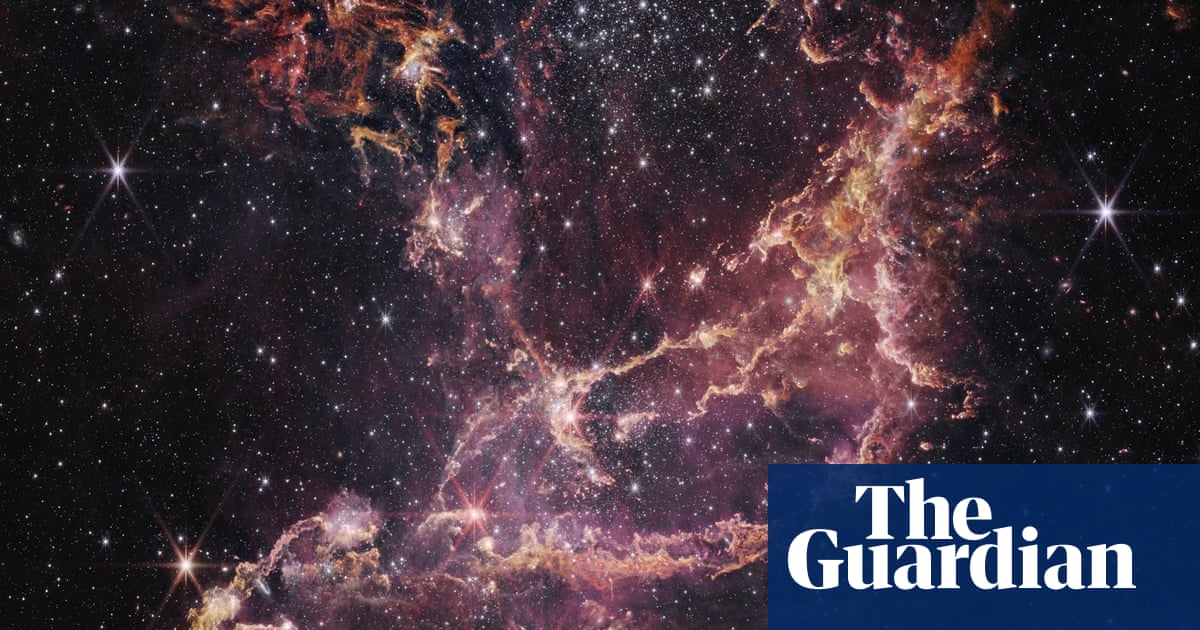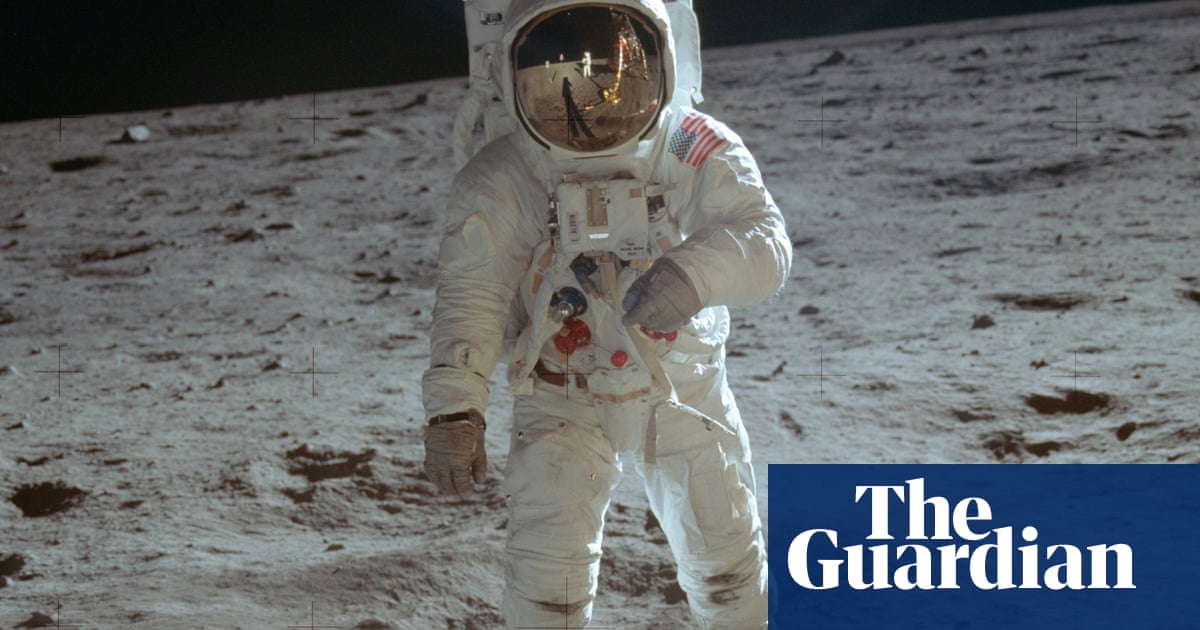
Scientists have been given an unprecedented glimpse into the birth of stars and the early stages of the universe, after a new image showing a cluster more than 10bn years ago was released by the James Webb space telescope.
The image shows a young cluster of stars, known as NGC 346, which is more than 200,000 light years from Earth.
Scientists have taken a particular interest in the cluster, which is in the Small Magellanic Cloud (SMC), because it resembles the conditions of the early universe when star formation was at its peak.
Astronomers hope that studying the region could give more answers as to how the first stars formed during the “cosmic noon”, only 2 or 3 billion years after the big bang.
Dr Olivia Jones, the Science and Technology Facilities Council’s Webb fellow at its UK astronomy technology centre, is lead author on a paper featuring the images.
Jones said: “This is the first time we can detect the full sequence of star formation of both low and high mass stars in another galaxy.
“This means we have far more data to study at high resolution, offering us new information on how the birth of stars shapes their environment and even greater insight into the star formation process.”
The NGC 346 cluster houses protostars, which are clouds of gas and dust in space that are developing into stars. Astronomers study these to try to further understand how stars are formed.
As the gas and dust gathers, it resembles ribbons coming in from the surrounding molecular cloud. The material collects into a disk, which feeds the central protostar.
While astronomers have previously detected gas around protostars within that cluster, JWST’s observations have also detected the dust.
The JWST is the largest optical telescope in space, and can be used to look at objects too old, distant or faint for the Hubble space telescope. It was launched into space on Christmas Day 2021.
In July 2022 the telescope delivered high-resolution images of distant galaxies billions of years ago, and also captured an image of Jupiter showing the giant gas planet’s weather patterns, moons, altitude levels, cloud covers and auroras.
Guido de Marchi, a co-investigator on the research team, who is based at the European Space Agency, said: “We’re seeing the building blocks, not only of stars but also potentially of planets.
“And since the Small Magellanic Cloud has a similar environment to galaxies during cosmic noon, it’s possible that rocky planets could have formed earlier in the universe than we might have thought.”









